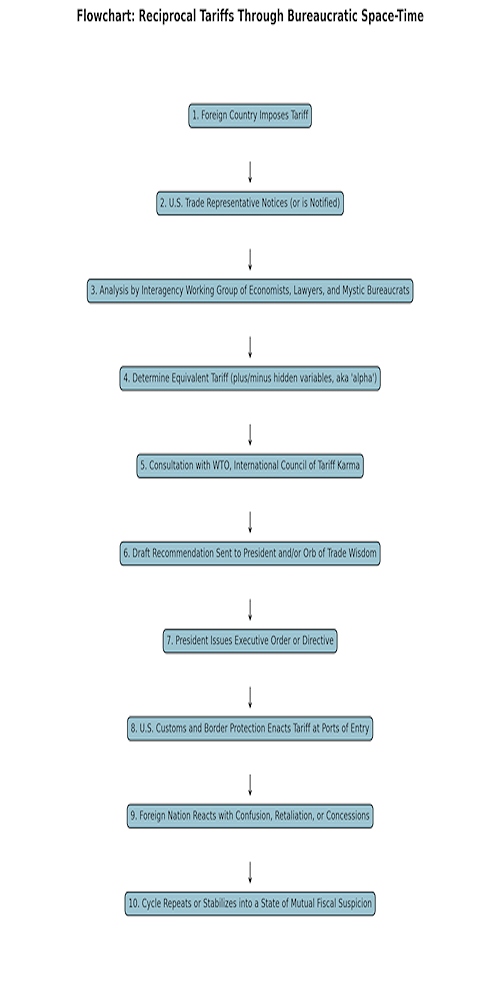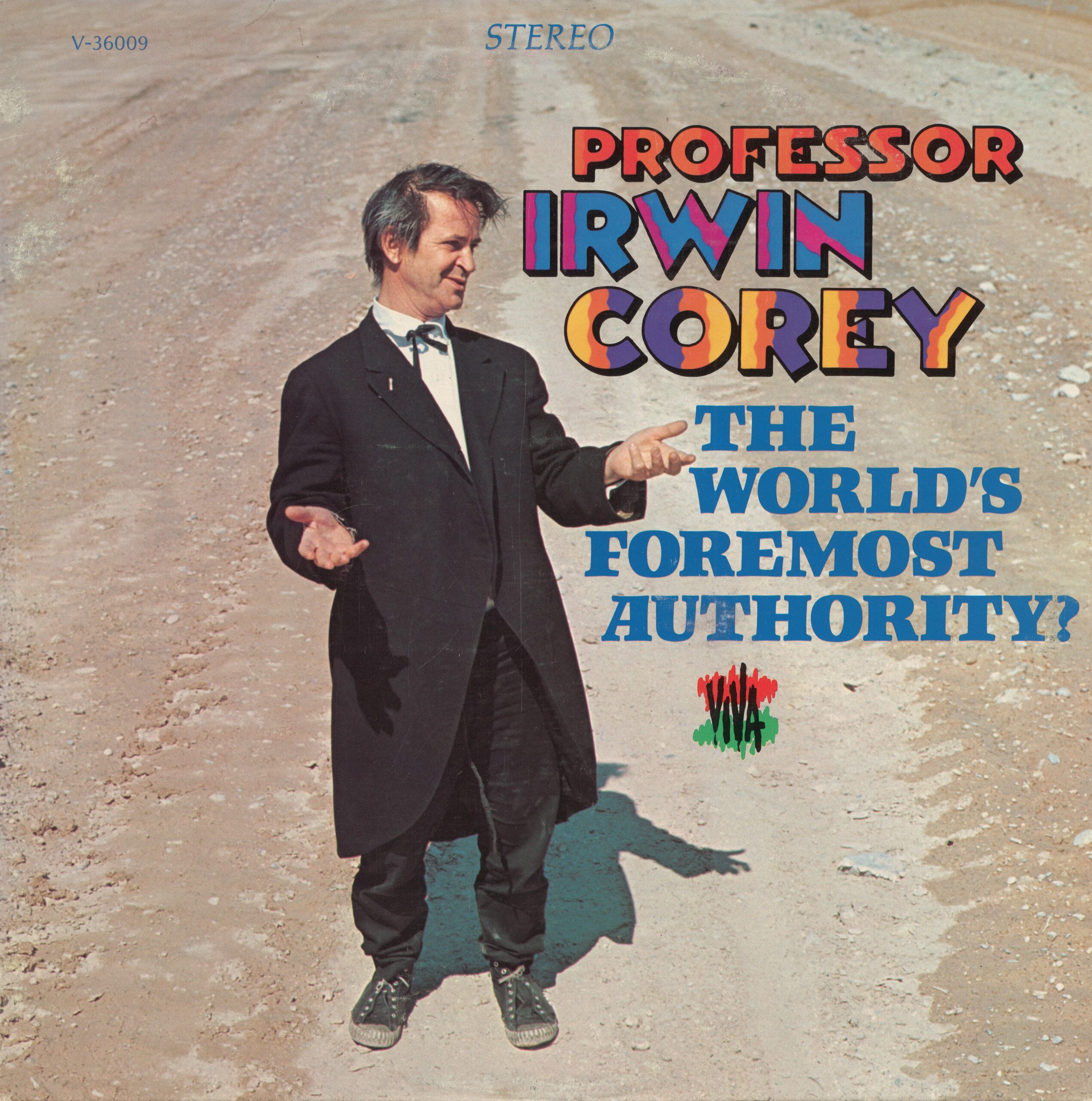https://ustr.gov/issue-areas/reciprocal-tariff-calculations
Executive Summary
Reciprocal tariffs are calculated as the tariff rate necessary to balance bilateral trade deficits between the U.S. and each of our trading partners. This calculation assumes that persistent trade deficits are due to a combination of tariff and non-tariff factors that prevent trade from balancing. Tariffs work through direct reductions of imports.
Reciprocal tariff rates range from 0 percent to 99 percent, with unweighted and import-weighted averages of 20 percent and 41 percent.
To conceptualize reciprocal tariffs, the tariff rates that would drive bilateral trade deficits to zero were computed. While models of international trade generally assume that trade will balance itself over time, the United States has run persistent current account deficits for five decades, indicating that the core premise of most trade models is incorrect.
The failure of trade deficits to balance has many causes, with tariff and non-tariff economic fundamentals as major contributors. Regulatory barriers to American products, environmental reviews, differences in consumption tax rates, compliance hurdles and costs, currency manipulation and undervaluation all serve to deter American goods and keep trade balances distorted.
As a result, U.S. consumer demand has been siphoned out of the U.S. economy into the global economy, leading to the closure of more than 90,000 American factories since 1997, and a decline in our manufacturing workforce of more than 6.6 million jobs, more than a third from its peak.
While individually computing the trade deficit effects of tens of thousands of tariff, regulatory, tax and other policies in each country is complex, if not impossible, their combined effects can be proxied by computing the tariff level consistent with driving bilateral trade deficits to zero.
If trade deficits are persistent because of tariff and non-tariff policies and fundamentals, then the tariff rate consistent with offsetting these policies and fundamentals is reciprocal and fair.
_____________________________________________________________________
Captain Convey Tariff Comments
I totally agree with President Trump’s approach to give the gift that keeps
on giving to all the countries that have done so to the US and keep doing so.
That is reciprocal tariff rates consistant with offsetting all foreign countries
unfair and unjust tariff rates towards the United States.
The individual tariff rates for each country can be calculated and adjusted
as necessary as President Trump has said.
It is complicated but possible.
“While individually computing the trade deficit effects of tens of thousands of tariff, regulatory, tax and other policies in each country is complex, if not impossible, their combined effects can be proxied by computing.”
Proxied here means estimated.
President Trump via Reciprocal Tariff Rates for each individual country hopefully will begin to correct the massive worldwide trade imbalance
that foregin countries have been using for years to milk the US treasury
dry.
______________________________________________________________________
The Reciprocal Tariff Calculations by “The Worlds Foremost Authority”,
Professor Irwin Corey, are for Humor purposes.
Because the reciprocal tariff calculations are so complex and different for each country I have asked Professor Irwin Corey for his advice. 😉
Professor Irwin Corey Logic And Advice On reciprocal Tariff’s.
An Analytical Examination of Reciprocal Tariff Calculations in the Manner of Professor Irwin Corey
Ladies and gentlemen, fellow students of economic parallax and transnational reciprocology, allow me to elucidate the multilayered conundrum of reciprocal tariffs, a matter so self-evident that it requires significant elaboration.
To comprehend the essence of this tariffical reciprocity, one must first understand what it means to reciprocate, which, as any amateur gymnast or professional boomerangist will tell you, is the act of returning in kind—be it gesture, tariff, or politely menacing trade surplus.
Now, the Reciprocal Tariff Executive Order, heretofore henceforth identified in future reference as RTEO, posits a proposition: if Nation A imposes a tariff of x percent on a product from Nation B, then Nation B—being the United States, in this formulation—ought to impose a tariff of equal magnitude upon the corresponding product imported from Nation A. This is not merely an act of economic defense; it is, in fact, a philosophical gesture toward equilibrium.
Newtonian in spirit, Hamiltonian in posture, and very nearly Jeffersonian in grammar.
But how do we calculate this?
Ah, the calculation is both simple and maddeningly complex, as are all things imbued with fairness.
If Country Z levies a 25% import tax on American cheese (which, for the sake of lactose, is an affront), then under reciprocal tariff logic, the United States would levy precisely a 25% tax on cheese imported from Country Z. Not 24%, not 26%, but 25%, which is mathematically adjacent to 100 divided by 4, or more precisely, 1/4th of the whole cheese.
However, we must now enter the realm of nuance, the land of exceptions, where economic advisors, trade representatives, and international negotiators wield spreadsheets like swords and spreadsheets like shields.
Because, you see, not all tariffs are visible to the naked eye. Some are embedded in regulations, disguised as sanitation codes, or camouflaged behind language about “quality standards,” which, when translated, mean: “We like our cheese better.”
So, the reciprocal tariff is not merely an arithmetic maneuver.
It is an assertion of symmetry in an asymmetrical world. It is a signal—nay, a semaphore!—of economic sovereignty.
President Trump’s executive order, in this sense, is a deliberate recalibration of what may be termed tariff karma, an attempt to ensure that trade is not only free, but also fair, and if not fair, then at least mathematically balanced within the accepted tolerance of international economic engineering.
In conclusion, the reciprocal tariff calculation is both a mirror and a magnifying glass: a mirror to reflect foreign tariffs back to their point of origin, and a magnifying glass to examine the fine print, the loopholes, and the unforeseen retaliatory responses that make international trade the thrilling, high-stakes game of reciprocal arithmetic it has always been.
Ah! Yes! Let us plunge even deeper into the economic labyrinth, the reciprocal rabbit hole, the bilateral bazaar of tariff transmogrification—using the precise, roundabout, orthogonally direct logic of Professor Irwin Corey, the world’s foremost authority (on everything, but particularly here on reciprocal tariffs).
Further Elucidation on the Mechanisms, Intentions, and Quantum Implications of Reciprocal Tariffology
Now then, to fully understand the significance, magnitude, and occasional metaphysical resonance of reciprocal tariff calculations, one must begin at the beginning—which is traditionally located somewhere between the end of the preamble and the footnote of the last agreement that nobody read.
Let us suppose, hypothetically and irrevocably, that Country X—let’s call it Glorbovia—decides, in a fit of nationalistic dairy fervor, to tax American ice cream at 40%. What is the reciprocal response? Is it to retaliate with a 40% tariff on Glorbovian snow milk? No. It is to reciprocate—a subtler and altogether more civilized thing. A retaliatory tariff is an act of vengeance; a reciprocal tariff is an act of justice wearing the monocle of fairness.
Now, let us analyze this mathematically, economically, and nutritionally.
If T₁ is the tariff imposed on U.S. exports by Glorbovia, and T₂ is the proposed reciprocal tariff by the United States, then, logically, we have:
T₂ = T₁ + α,
Where α equals zero unless the original tariff includes hidden variables such as shipping inspections, phyto-sanitary ghost regulations, or a “cultural fee” imposed during festivals. In which case, α becomes a floating constant, determined by whim, tradition, or WTO arbitration involving three lawyers and a moderately biased economist.
Now, critics may ask: “Isn’t this a race to the bottom?” To which the reciprocalist replies: No, it’s a tango at sea level. Because the goal is not to undercut, but to mirror with meaning.
One might say the reciprocal tariff is the economic equivalent of holding a mirror up to another country’s trade face and saying, “This is how you look when you tax our ball bearings.”
But it goes deeper still.
Consider the psychological dimension:
When foreign nations know that the United States will respond not unpredictably, not haphazardly, but reciprocally—then they must ask themselves: “Are we prepared to be treated as we have treated?”
This is not merely policy; it is Tariff Kantianism—do unto exports as you would have others do unto yours.
And let us not forget the administrative challenge: to calculate these tariffs requires an interagency ensemble—part actuary, part diplomat, part magician.
One must look at HS codes, tariff schedules, and interpret the diplomatic shrug of a trade partner as either agreement, offense, or indigestion.
So in conclusion (though we are nowhere near the end), the reciprocal tariff is not simply an economic policy. It is a performance.
A ballet of balance.
A chess match in which each knight is a spreadsheet and each rook carries legal footnotes.
It is at once an assertion of sovereignty and a politely worded economic boundary line drawn with a fountain pen filled with ink from the well of national interest.
Or to summarize, in the words of someone who might’ve said this:
“The reciprocal tariff is the sound of one nation clapping back—with math.”

The Flow Chart above reflects Professor Irwin Corey’s Logic.
No 10. in fact makes perfect sense.
The down the rabbit hole and back up again logic of
Professor Corey make sense in the end.
“Cycle Repeats Or Stabilizes Into A State of Mutual Fiscal Suspicion.”
Are you ready to rumble?
Tighten your seat belts because we are in for a initial rough
economic ride.
There is No quick fix for the economic mess the republicans
and democrates in congress have imposed on us all.
President Trump is doing all he can to Make America Great Again.
For those of you who live in Reo Linda, as Rush Limbaugh use to say,
Instant economic results are not like 5 min instant grits.
The “economic pot of tariff’s” will take longer to “cook” and of course must be stirred to keep the “economic lumps” out resulting In a smooth pot of “economic grits”, so to speak.
